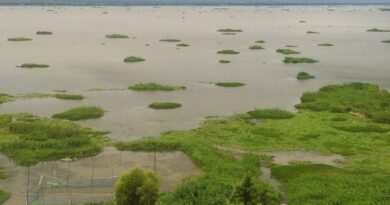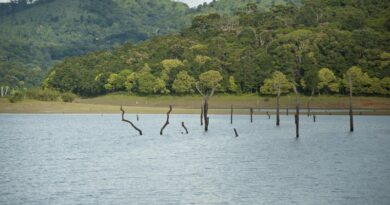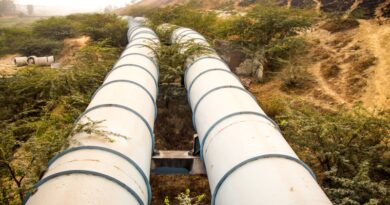NGT directs states, UTs to address gap in wastewater generation, treatment

The National Green Tribunal has directed all states and Union Territories (UTs) to lessen the gap in generation and treatment of sewage by setting up additional treatment infrastructure and ensure that sewage does not get discharged into water bodies without treatment.
The green tribunal has asked the states and UTs to ensure that there are adequate functional effluent treatment plants (ETP), including CETPs, and sewage treatment plants (STP) to treat industrial effluent and domestic wastewater
In a recent hearing, a NGT bench headed by chairperson Adarsh Kumar Goel noted that timeline of March 31, 2018, for commissioning of all STPs fixed by the Supreme Court had passed. Also, the apex court’s direction that state PCBs should initiate prosecution proceedings against erring secretaries to the governments had also not been complied with.
“We direct that compensation may be recovered in the manner already directed in earlier orders, which may be deposited with the CPCB for the restoration of the environment”, the bench said.
The bench directed that unutilized capacity of existing STPs may be used expeditiously and states and UTs should ensure that CETPs/ETPs and STPs meet the required norms and remedial action should be taken, wherever these norms are not being met.
“Prompt remedial action may be taken by the state PCBs or PCCs against non-compliant ETPs/CETPs by closing down or restricting the effluents generating activity, recovering compensation and taking other coercive measures following due process of law,” the bench said.
The green tribunal also wanted action plans to be finalized soon by the states for polluted river stretches or polluted coastal stretches. The plans should have provision for budgetary support as suggested by the Supreme Court.
The NGT said monitoring of river pollution by the Central Monitoring Committee (CMC) may have the target of reduction of pollution loads and improvement of water quality of rivers and coastal areas. The CMC may also monitor the setting up of the bio-diversity parks, constructed wetlands and other alternative measures to reduce pollution load.
The CMC should also monitor demarcation of flood plain zones. Treated sewage water should be used for secondary purposes, for which action plans should be framed and periodic reports filed with the Central Pollution Control Board (CPCB).



